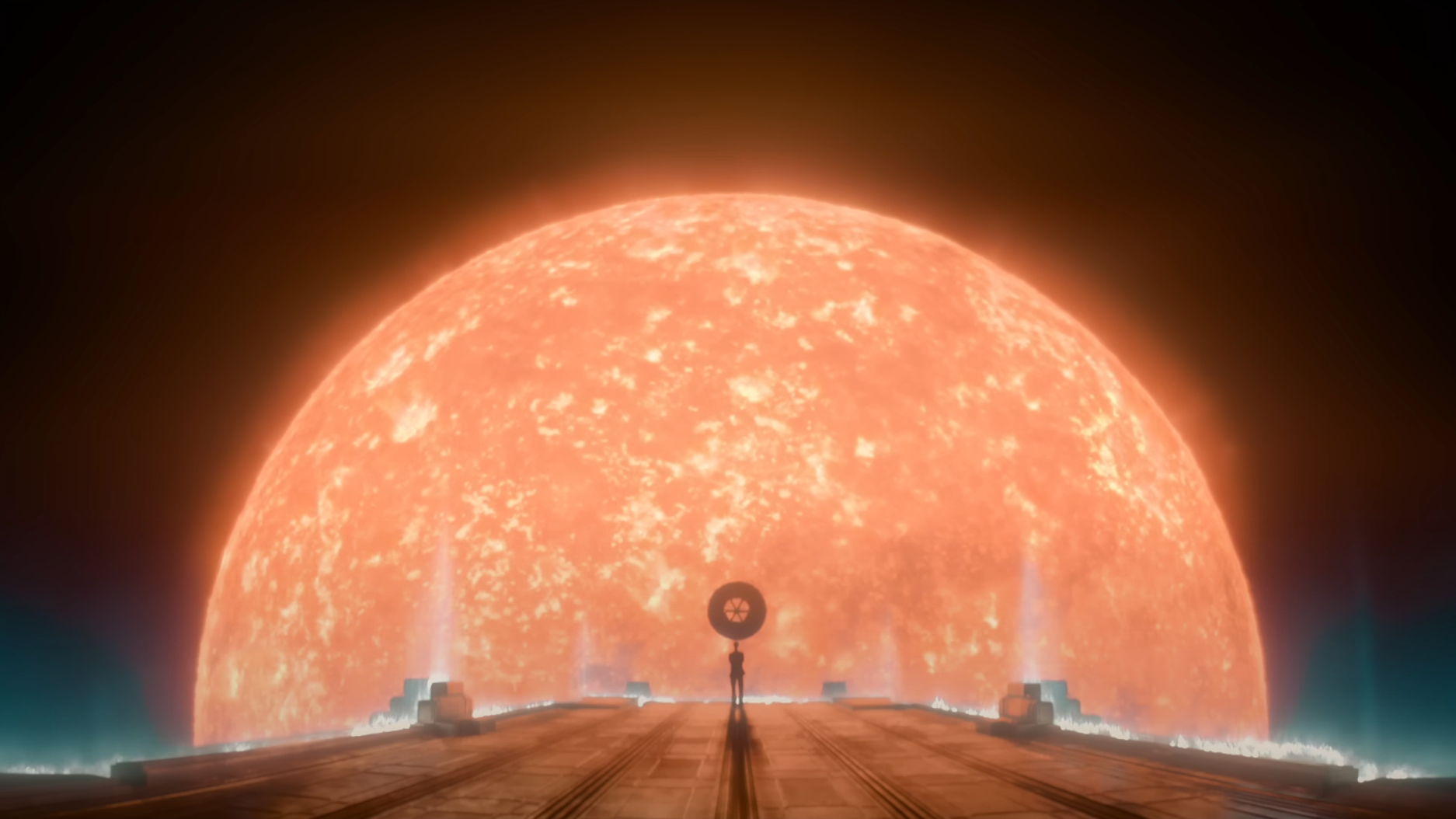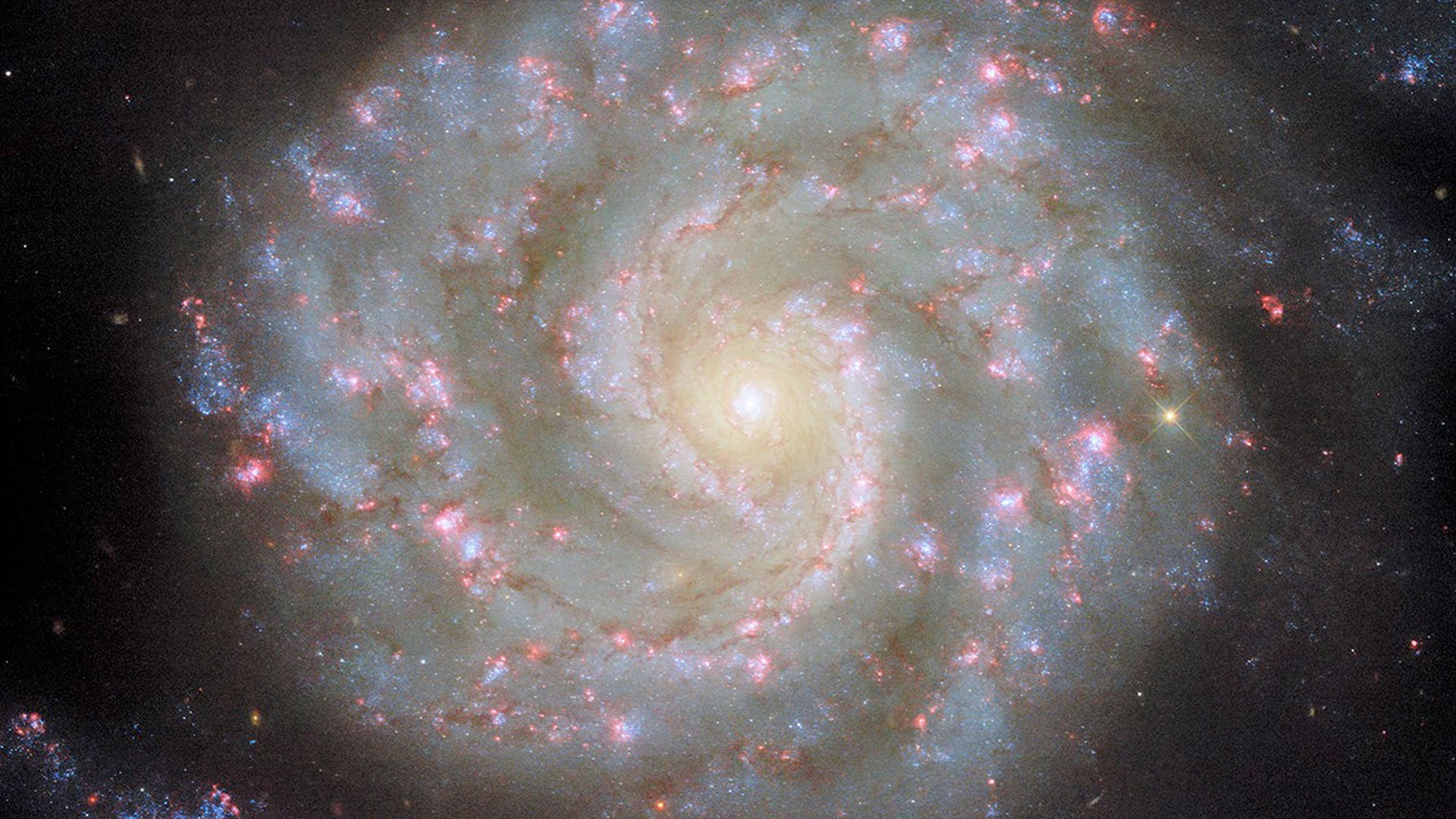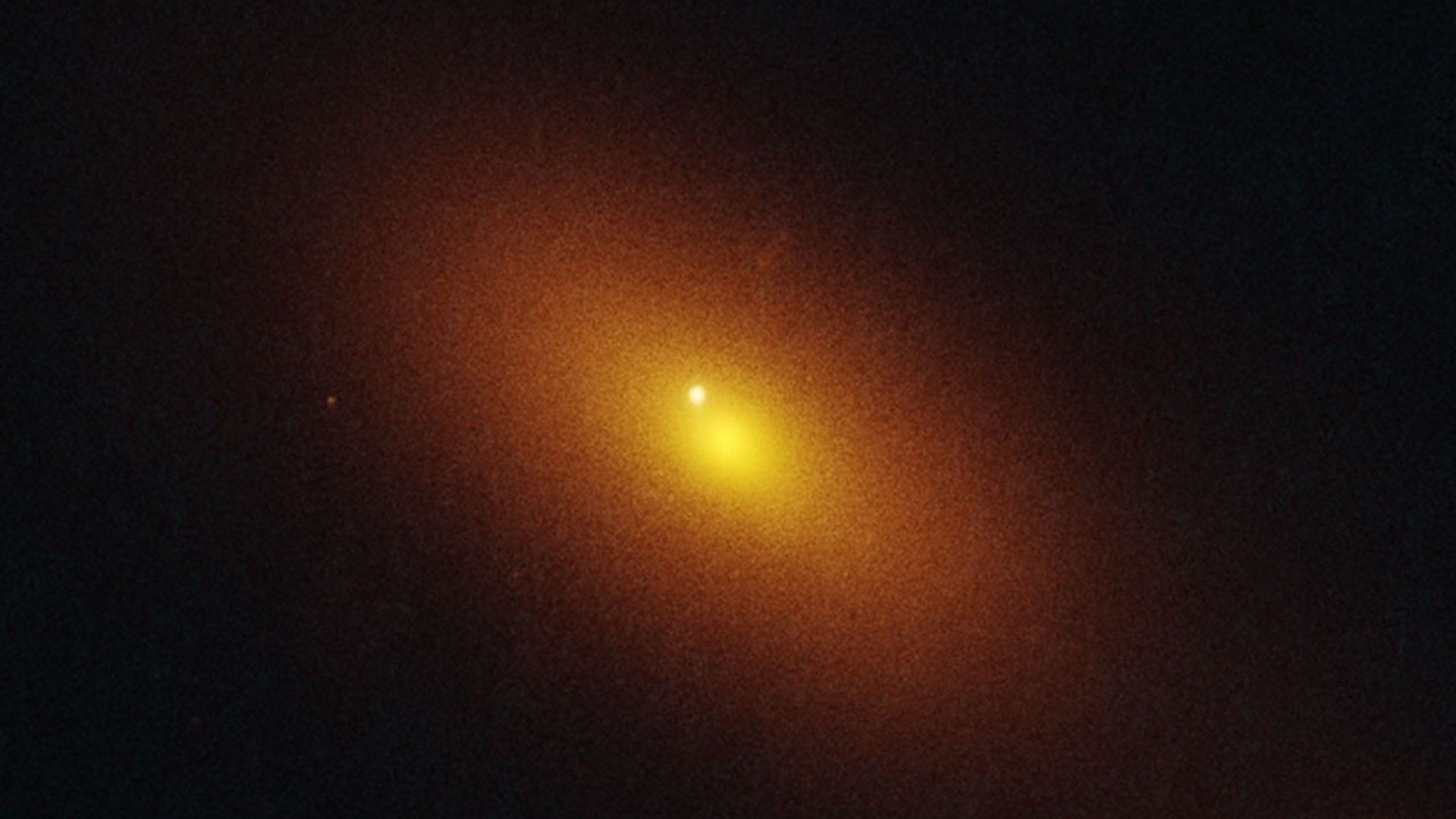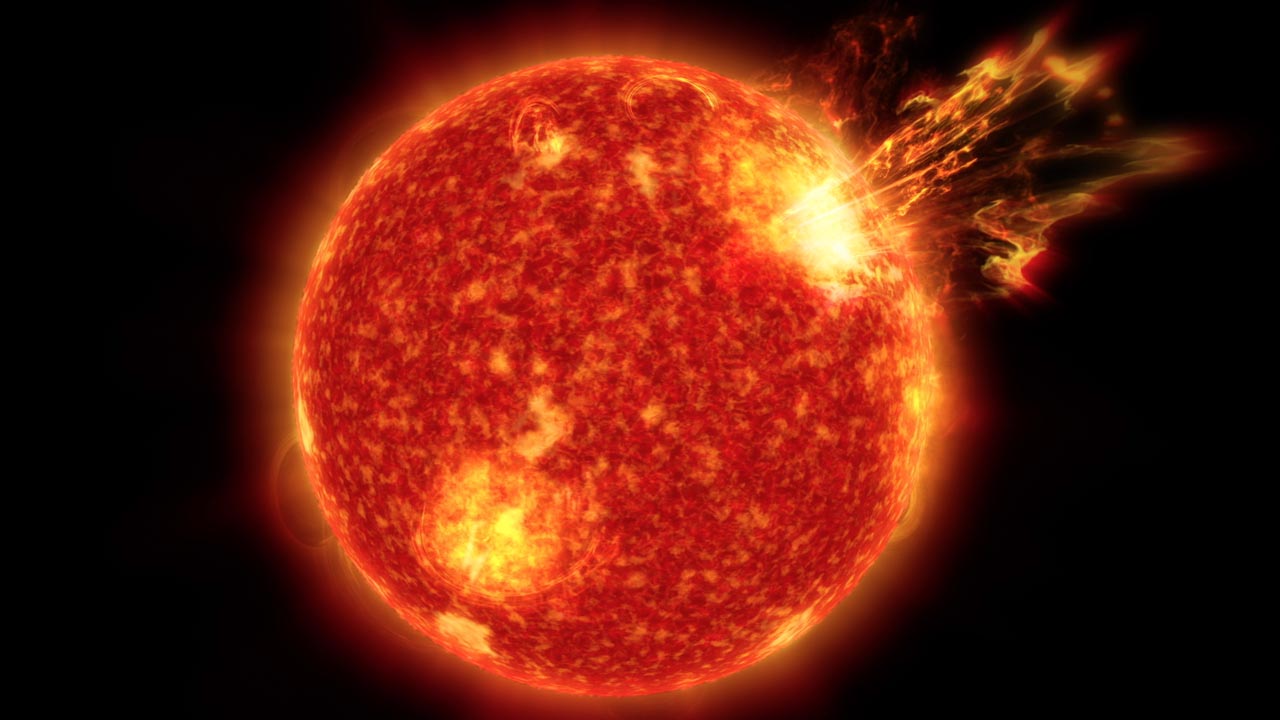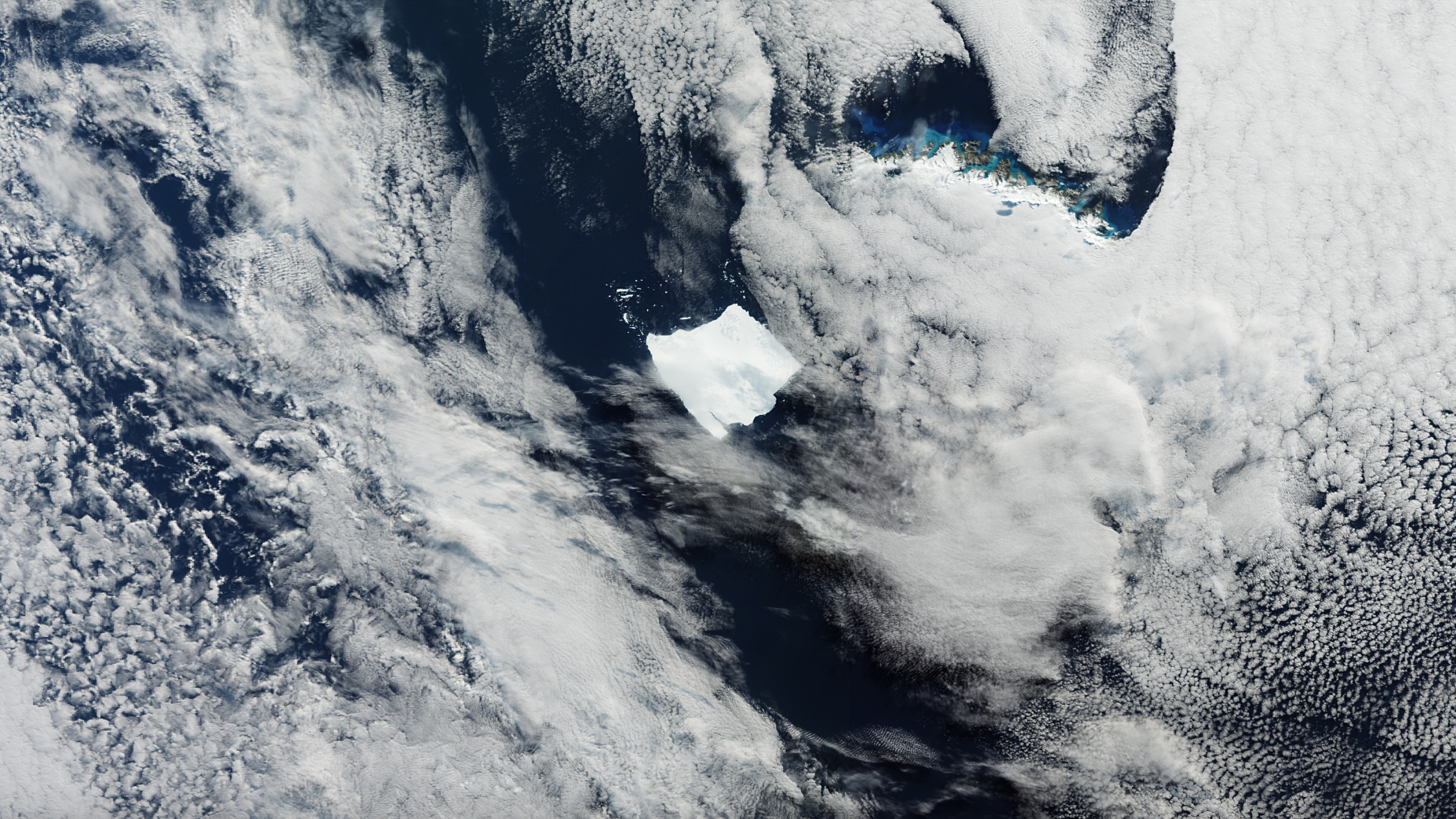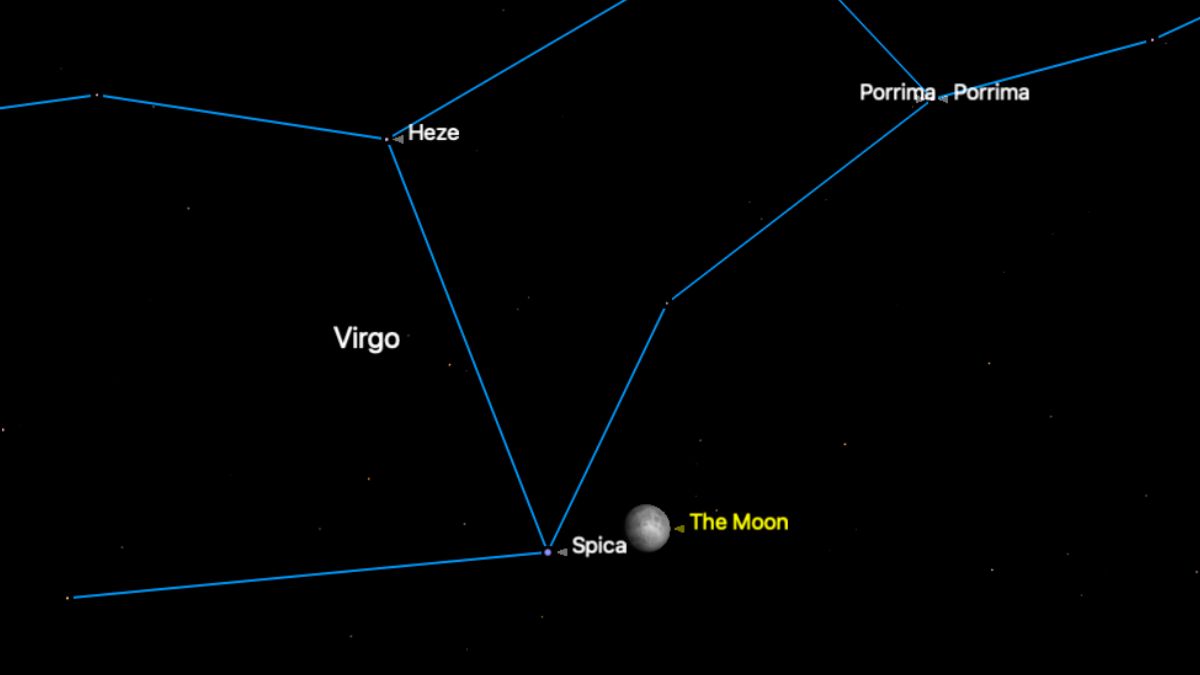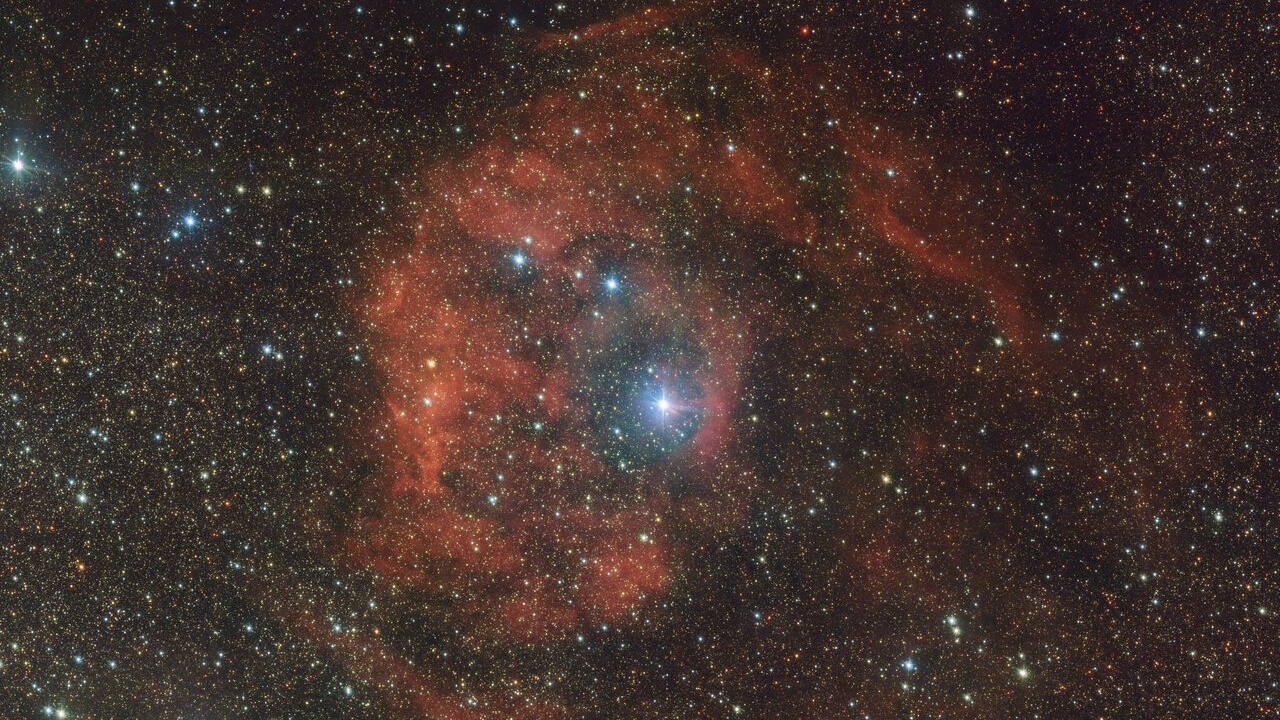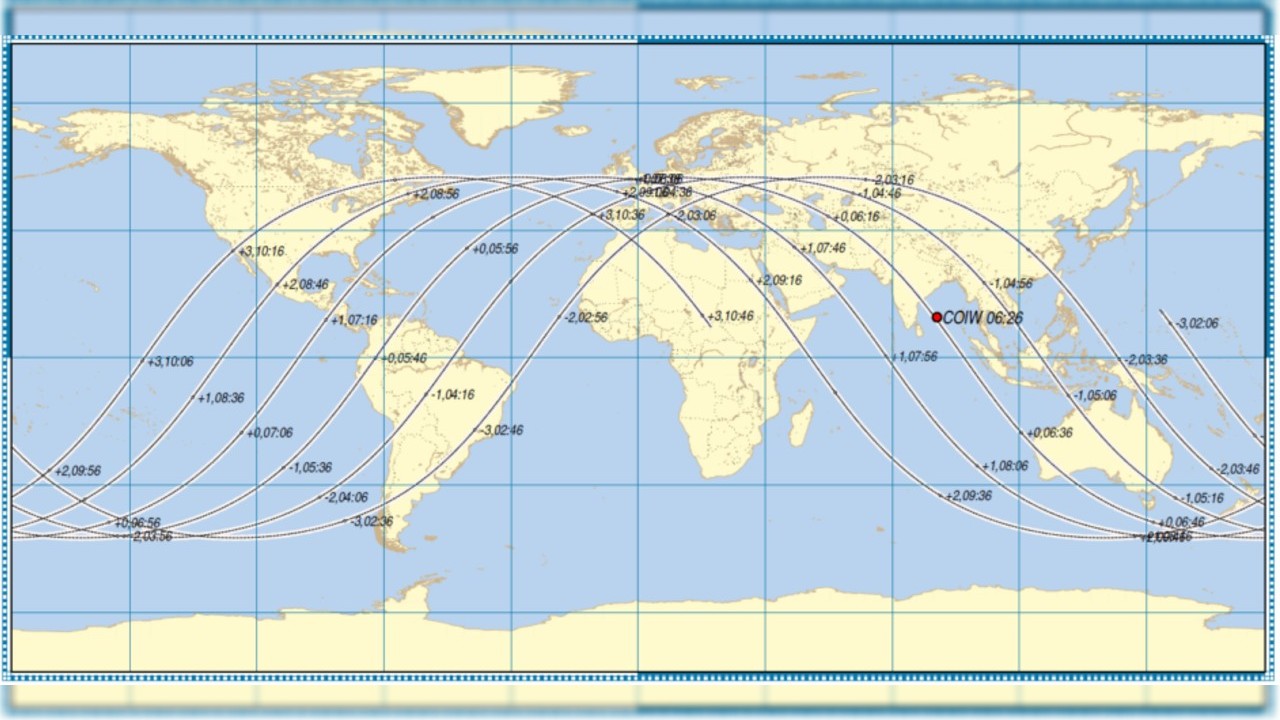Future space telescopes may probe Titan-like exoplanets
The haze around Saturn's moon Titan could be visible around similar exoplanets.
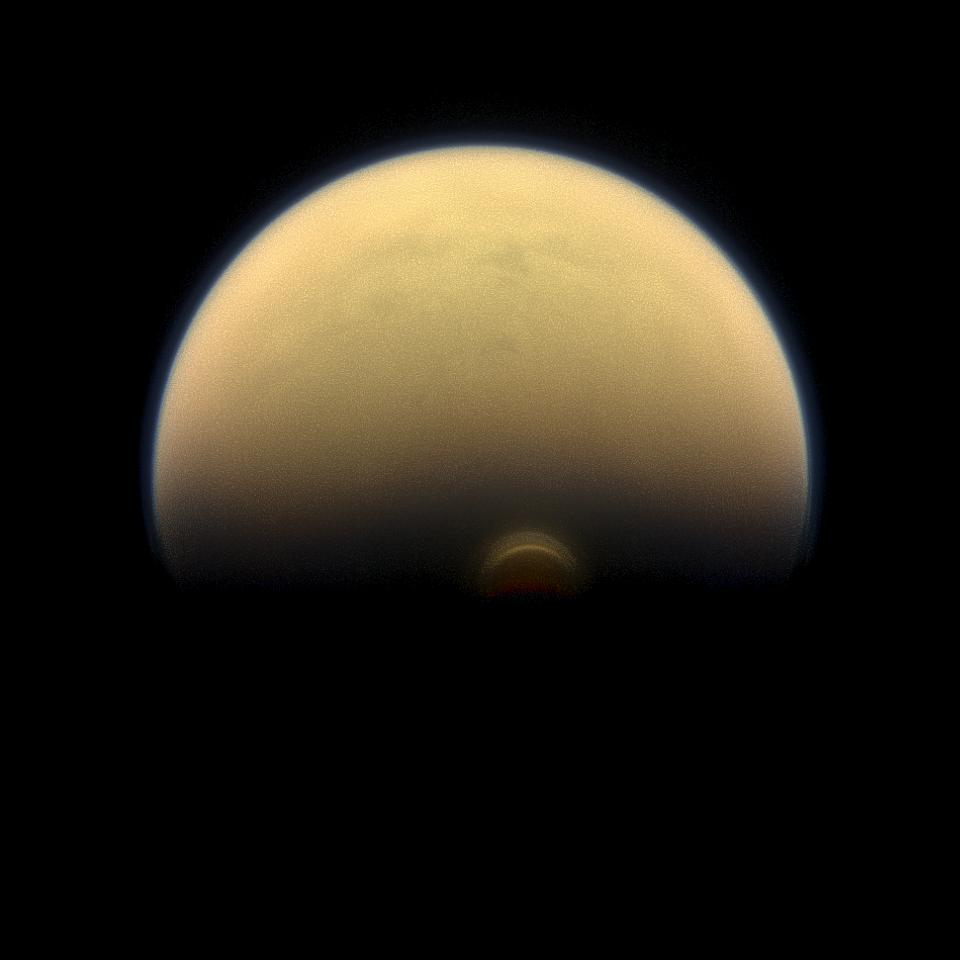
Saturn's huge moon Titan is one of the most intriguing worlds in the solar system.
Titan boasts hydrocarbon rivers and seas that could potentially harbor "strange life," as well as a subsurface ocean of liquid water where Earth-like organisms might be able to make a living.
Titan also has a thick, nitrogen-dominated atmosphere where complex chemistry — perhaps even the sort that leads to life — is known to occur. And now, researchers have determined that the smoggy haze of Titan-like exoplanets could be visible with the next generation of space telescopes.
Related: Amazing photos: Titan, Saturn's largest moon
While most exoplanet hunts focus on finding worlds similar to Earth, one team wanted to know if upcoming instruments could identify potentially habitable worlds dramatically different from our own. Using simulations, they modeled Titan-like worlds around a variety of star types. They considered worlds "Titan-like" if they were far enough from their star for methane to condense and had a high enough water-to-rock ratio to spew volatile compounds into the atmosphere that could create a haze.
One of the first stars the team modeled was Barnard's Star, a nearby sun that hosts a planet candidate roughly three times as massive as Earth. That potential world, Barnard's Star b, lies near the system's snow line, the region where water and other gases can freeze solid, and where material like methane can solidify.
"We wanted to see if you could detect this planet through direct imaging with LUVOIR [the Large UV/Optical/IR Surveyor]," team member Ryan Felton told Space.com.
Get the Space.com Newsletter
Breaking space news, the latest updates on rocket launches, skywatching events and more!
LUVOIR is a proposed multi-wavelength space telescope under consideration by NASA as a future observatory. Felton, a graduate student at the Catholic University of America in Washington, D.C., presented the results of the project in January at the semiannual winter meeting of the American Astronomical Society in Honolulu.
The team found that a Titan-like haze could be visible from Earth with a LUVOIR-like instrument.
"For Titan-like exoplanets, the atmospheres are characterizable with big space telescopes," Felton said.
Related: 10 exoplanets that could host alien life
Puffy worlds
Titan's air is dominated by nitrogen, along with some methane, a small amount of hydrogen and traces of various other gases.
As the nitrogen and methane gases rise into Titan's upper atmosphere, sunlight and heat break them apart, leading to the creation of bigger molecules that generate a haze in the atmosphere similar to that found above large cities here on Earth. Because the size of haze particles changes based on temperature, Titan-like worlds around different stars should have different characteristics, the researchers reasoned.
First, Felton and his colleagues modeled worlds around sunlike stars like the sun. Not surprisingly, the worlds around these stars resemble Titan in terms of haze size and gas mixtures — with one important difference. While Titan is a moon, the researchers investigated planets.
The differences between the two were fairly minor, however. Titan is about 40% as wide as Earth and 2% as massive, but Felton said this wasn't a serious issue. With the right combination of rock and water, an Earth-size world should be able to capture gas at farther distances from their stars, where temperatures are colder.
"I think it's just the case for our solar system" that Titan wound up a moon rather than a planet, Felton said. Systems that lack gas giants in the same region would be more apt to host Titan-like worlds, he added.
Timing is also important. In the past, Earth once boasted a thick haze, though it was likely not as thick as Titan's is today. "That's further evidence of an actual terrestrial planet having a haze," Felton said.
Felton and his colleagues also modeled haze-rich worlds around cooler stars. The cooler temperatures lowered how high in the atmosphere the haze reached, although Felton said the difference shouldn't be significant enough to impact attempts to image the worlds. "[They] should still be pretty puffy," he said.
Lower temperatures also affected how large the haze particles grew before they fell to the ground. In the models, molecules of gas bound together at the top of the atmosphere to make monomers (molecules that can then link together to form polymers). As they fell through the air, the gas molecules began to clump together to create asymmetrical monomers in fractal shapes.
"Fractals would be like a bunch of grapes stuck together," Felton said. (Actual grapes are much bigger than these haze molecules, of course.)
Those fractals caused the researchers more than a few headaches. Felton said he had been working on modeling the hazes as fractal shapes rather than spheres since 2016. It wasn't until Thanksgiving Day 2019 that he finally managed to make the simulation capable of placing Titan-like worlds around different types of stars.
The dimmest stars the scientists studied were red dwarfs, cool stars known for massive flaring activity, especially in their youth. Because red dwarfs are so dim, planets must orbit closer in to reach the same temperatures they would hit around a sunlike star, making them more likely to be hit by flares. And cooler temperatures would cause the hazes to thin out, reducing their ability to shield the planet from incoming radiation, possibly affecting their habitability, Felton said.
Barnard's Star is a red dwarf that lies about 6 light-years from the sun. In 2018, researchers identified a potential cool super-Earth around the nearby dim star. The cool environment of this candidate planet, which has not yet been confirmed, could have allowed it to gather gases similar to Titan when it formed, enabling it to maintain its haze today, Felton said.
Between red dwarfs and sunlike stars are K-stars. Titan-like worlds around K-stars could feature hazes that form lower down, with smaller particles than those around sunlike stars, according to the new study.
"It's just kind of a midway point," Felton said.
With the next generation of space telescopes, astronomers could probe the haze-rich worlds around all three types of stars. The insights they glean could reveal a great deal about these planets' atmospheres, helping researchers better understand a different type of potentially habitable environment than the more traditional Earth-like world.
"If we get LUVOIR, we'll be able to characterize these planets," Felton said.
- Barnard's Star b: What we know about nearby 'super-Earth' planet candidate
- Meet LUVOIR, which might become one of NASA's next big space telescopes
- The biggest alien planet discoveries of 2019
Follow Nola on Facebook and on Twitter at @NolaTRedd. Follow us on Twitter @Spacedotcom and on Facebook.
Join our Space Forums to keep talking space on the latest missions, night sky and more! And if you have a news tip, correction or comment, let us know at: community@space.com.

Nola Taylor Tillman is a contributing writer for Space.com. She loves all things space and astronomy-related, and always wants to learn more. She has a Bachelor's degree in English and Astrophysics from Agnes Scott College and served as an intern at Sky & Telescope magazine. She loves to speak to groups on astronomy-related subjects. She lives with her husband in Atlanta, Georgia. Follow her on Bluesky at @astrowriter.social.bluesky
